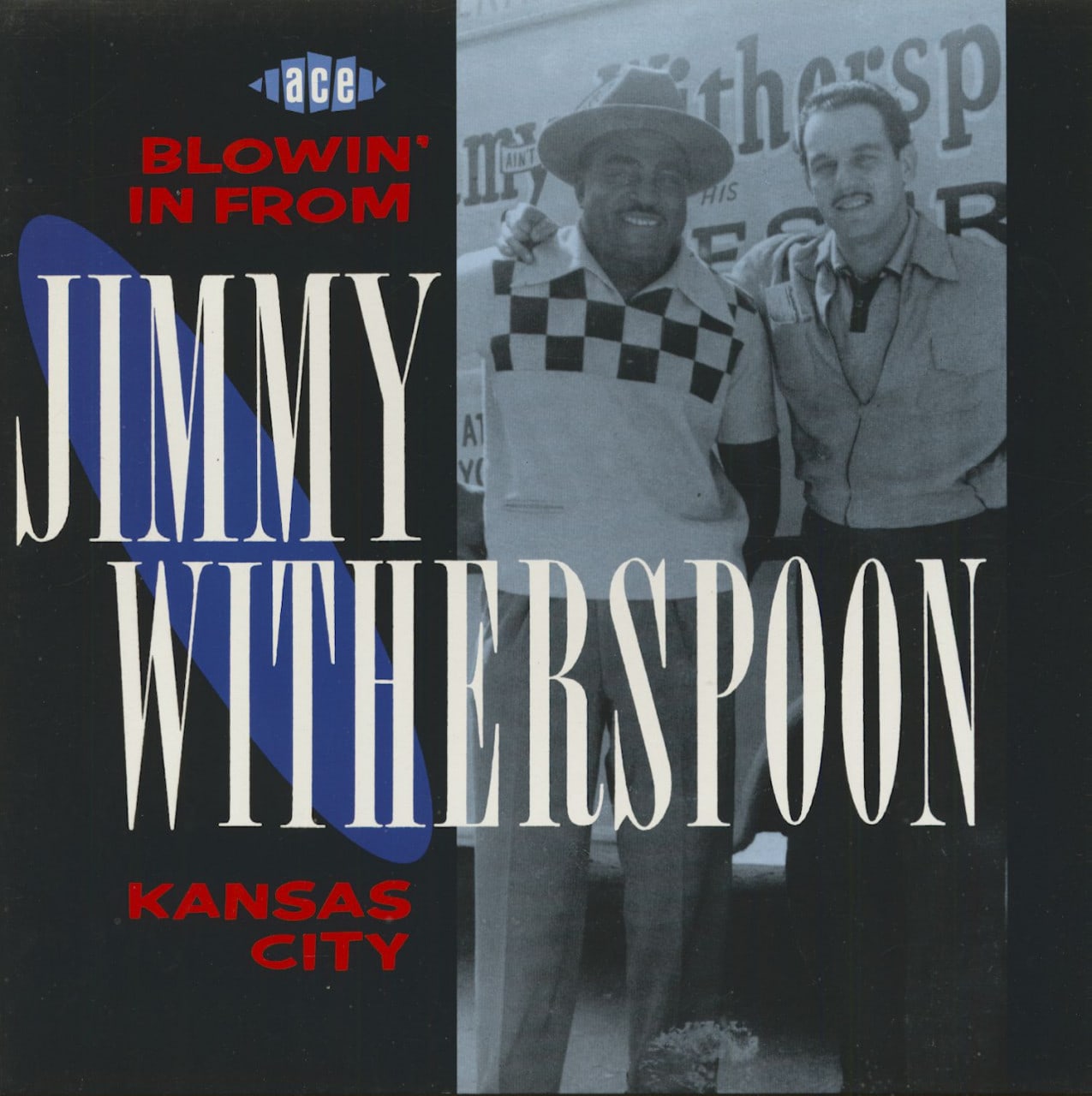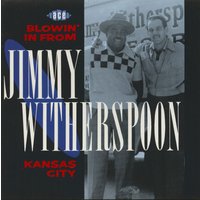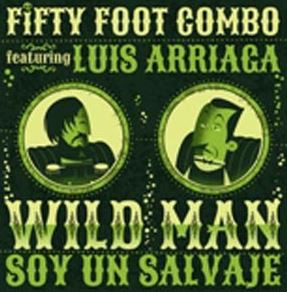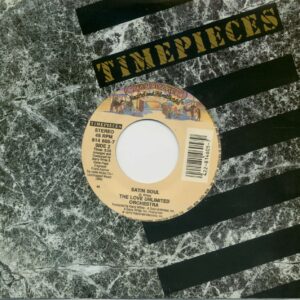€24.95
zzgl. Versand: 5.99EUR
Beschreibung
(Ace) 16 tracks – Original 1948 to 1952 ‚King‘ recordings Blues shouting is a dying art form in the field of rhythm & blues and is only a memory from its hey-day in the forties and early fifties. Most of its main practitioners. such as Jimmy Rushing, Joe Turner, Wynonie Harris, Walter Brown. …
https://www.awin1.com/pclick.php?p=23972418675&a=336463&m=14119
(Ace) 16 tracks – Original 1948 to 1952 ‚King‘ recordings Blues shouting is a dying art form in the field of rhythm & blues and is only a memory from its hey-day in the forties and early fifties. Most of its main practitioners. such as Jimmy Rushing, Joe Turner, Wynonie Harris, Walter Brown. Big Duke Henderson, are dead and gone. A few, such as Jimmy Nelson, have been rediscovered and are currently enjoying a successful comeback. One artist who has successfully straddled the last forty years in the music business is Jimmy Wither-spoon. in the forties a jukebox favourite of the rhythm & blues scene; in the late fifties and sixties a successful jazz and blues vocalist and maker of countless albums in the company of many big names in the jazz field. Spoon’s long and interesting career got off the ground in Los Angeles in the mid 40s when he made dozens of important recordings for companies such as Phillo/Aladdin, Mercury, Supreme, Swingtime and Modern. Belonging to the blues shouting tradition, which differs from its cousin country blues, Witherspoon performed in the company of jumpin‘ big bands which evolved out of the territory bands of the mid and south west. This is ably described by John Tyman, in his notes on another Witherspoon album. ‚For the most part these singers got their start in the Negro sections of cities such as Kansas City, Okla-homa City and other centres below or bordering the Smith and Wesson line.‘ Born in Gurdon, Arkansas on 18 August 1923, Jimmy Witherspoon sang as a child in his local Baptist church choir, where his mother played piano. During his teens Witherspoon moved to California in search of work in L.A. He washed dishes until he was called up to the Merchant Marines in World War II. While serving in the Marines he travelled to the Far East. and was invited to sing with pianist and band-leader Teddy Weatherford, who had a residency at the Grand Hotel Winter Gardens in Calcutta, India. On his discharge at Vallejo California. the naval shipyard town south of San Francisco. he met up with Jay McShann whose band was on a tour of the west coast. McShann had just lost his vocalist Walter Brown. Witherspoon was auditioned and got the job. When the unit arrived in Los Angeles in 1945 they cut sides for the Mesner Brothers‘ Phillo label (later known as Aladdin). Ironically they chose the old McShann and Bronco hit ‚Confessin‘ The Blues‘. Witherspoon’s rich vocal style rapidly became a favourite with audiences of both radio and juke-boxes, his 78 rpm discs selling by the truckload. Witherspoon’s long association with the Biharis at Modern was a happy one, even in the early eighties. I met him while he was visiting Jules Bihari at his office on Normandie Ave. Jules was in no doubt about his affection for ‚Spoon and said that he was his favourite blues singer. It was Jules Bihari who conducted Witherspoon’s first Modem recording sessions in L.A. in 1946. These were fronted by an all-star band led by drummer Al ‚Cake‘ Wichard including Jay McShann on piano. Most sessions were held at either Universal or Radio Recorders in Hollywood. Towards the end of 1947 Modern held a mass of recording sessions in an attempt to beat Petrillo’s recording ban of 1948. It was during this period that Witherspoon cut a fairly large amount of masters. Because most of Witherspoon’s Modern classics were cut direct to 16′ acetate lacquers. and later re-leased on 78 rpm discs, a wealth of good material remained on the shelf, with the exception of his big hits. Few of these lacquers were ever remastered or transcribed onto tape. The remainder of these masters were later reissued on budget-line Crown albums. The Witherspoon sessions were made with a variety of accompanists including Jay McShann. Al ‚Cake‘ VVichard, Maxwell Davis, Buddy Floyd and Gene Gilbeaux/Don Hill. In particular the fine guitar work of Mitchell Tiny Webb and Chuck Norris shine on various numbers on this set. The gem of a 1950 date features the beautiful tenor sax of Ben Webster on ‚I’m Going Round In Circles‘. I have included an alternative take to that issued on Modern 806. on which Webster’s horn is even more lyrical. Other fine recordings released for the first time in-clude ‚T.B. Blues‘ which dates from an early session with Al Wichard’s Sextet, which also includes Jay McShann on piano. Other lacquers revealed mag-nificent sides from a 1951 date: ‚Blowing The Blues‘ and ‚It’s Raining Outside‘. The band on these sides sounds suspiciously like Johnny Otis‘, with Otis on vibes. It is a total mystery why they remained in the can. Another fabulous cut. the two-part ‚I’m Just Wandering‘ is included here — the first time it’s been heard since its…
EAN:0029667127912
GTIN:
Zusätzliche Informationen
| Versandpartner | |
|---|---|
| Künstler | |
| Künstler 2 |






